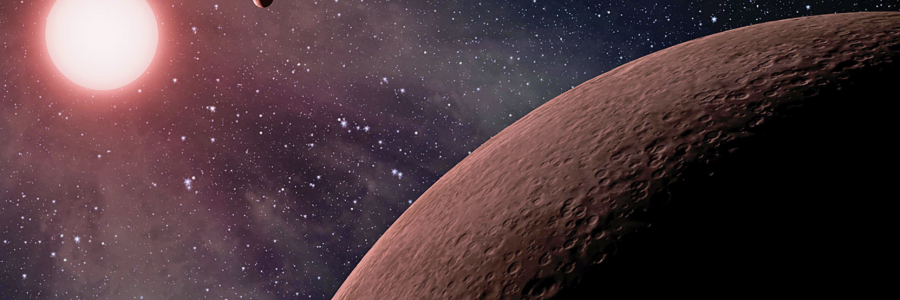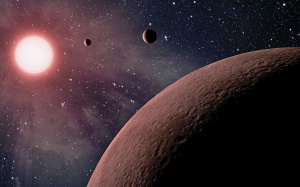
Kepler finds Earth-size planet in habitable zone of another star

The Kepler space telescope has already made number of discoveries since spying in the skies for the last eight years. Twenty new exo-planets that have a good chance of being within the habitable zone of their stars, including one that has an orbit very close to that of Earth.
According to a new research paper published, one of the planets specifically KOI-7923.01, orbits its start in much the same way as Earth orbits the Sun. The new planet is much cooler, and is likely to be rocky world, but still warm enough for life to exist. Its orbit give the planet a year spanning 395 Earth days, which is very close to what humans enjoy on our planet. If Earth force us to look for a home elsewhere with some of the brightest minds on the planet warning that we’ll likely need to abandon Earth in as little as 100 years,
Elisa Quintana, a research scientist at the SETI institute at NASA’s Ames Research Center in Moffett Field, California said: “ We know of just one planet where life exists –Earth. When we search for life outside our solar system we focus on finding planets with characteristics that mimic that of Earth. Finding a habitable zone planet comparable to Earth in size is a major step forward”.
Kepler -186f resides in the Kepler -186 system, about 500 light-years from Earth in the constellation Cygnus. The system is also home to four companion planets, which orbit a star half the size and mass of our Sun. The star is classified as an M Dwarf, a class of stars that make up 70 per cent of the stars in the Milky Way galaxy. M dwarfs are most numerous stars. The first signs of other life in the galaxy may well come from planets orbiting an M dwarf. Kepler-186f orbits its star once every 130-days and receives one-third the energy from its star that Earth gets from the Sun, placing it nearer the outer edge of the habitable zone. On the surface of Kepker-186f, the brightness of its star at high noon is only as bright as our Sun appears to us about an hour before sunset.”
